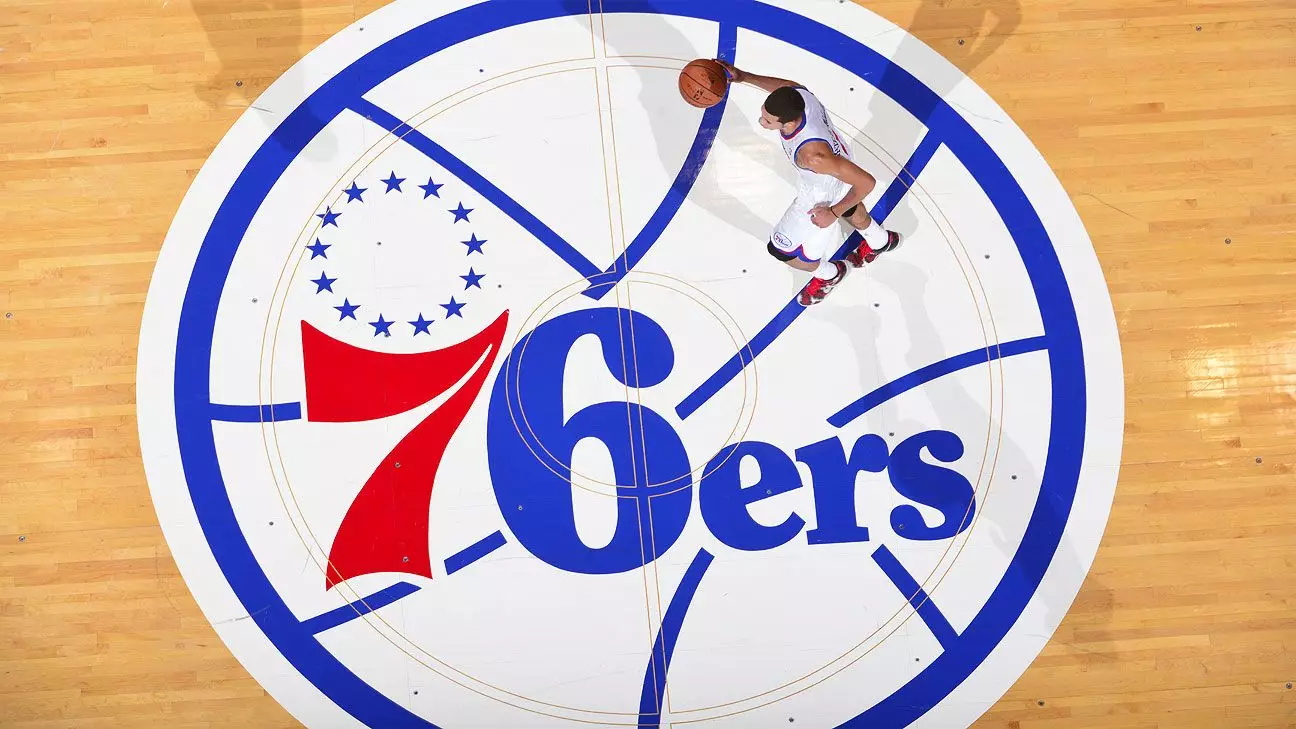The Philadelphia 76ers recently announced a significant change in their venue plans, opting to partner with Comcast Spectacor to construct a new arena in South Philadelphia rather than following through with a previously proposed downtown development. This pivot, worth a staggering $1.3 billion, has sparked a wave of reactions from various stakeholders, especially amid the critical sentiments voiced by the Philadelphia community. Mayor Cherelle Parker heralded the move as a “win, win, win, win for Philadelphia,” marking it as a new chapter for the team and the city. However, the suddenness of this decision left many feeling blindsided, further complicating the narrative of urban development and community engagement.
The reaction from the Philadelphia community paints a complex picture. City Council member Jim Harrity, among others, expressed feelings of betrayal after two years of negotiations aimed at establishing an arena near City Hall, a plan that faced significant opposition from local Chinatown residents. Harrity’s words, describing his sentiment as feeling “completely bamboozled,” reflect a broader concern regarding transparency and the role of city leadership in negotiations with major developers. The abrupt reversal raises important questions: What does this mean for urban development in Philadelphia? Are stakeholders truly being served?
While some see potential in the newfound collaboration between the 76ers and Comcast Spectacor, community activists like Vivian Chang remain skeptical. Chang pointedly noted that the community had been marginalized in these discussions, implying that the interests of wealthy developers overshadowed the needs of local residents. This tension underscores a critical aspect of modern urban development—finding balance between commercial ambitions and community welfare.
Economic Implications: The Uncertain Landscape Ahead
The financial aspects surrounding the arena’s development remain unclear, as Comcast and the 76ers have yet to release detailed figures about their new project. Nevertheless, the previous plan for the downtown arena promised significant economic growth, projecting an inflow of $2 billion to the city’s economy. Now, the promise of revitalization shifts to South Philadelphia, where the partnership brings forth hopes of a new vibrancy in a district traditionally dominated by sports venues.
Economist Victor Matheson’s insight into team owners’ tactics of leveraging negotiations to chase better deals adds another layer of understanding to the 76ers’ decision. His observations indicate that the 76ers might have been strategizing all along, playing different locations against each other in pursuit of favorable financial commitments. This raises concerns about the true motivations behind stadium financing and the implications for taxpayer dollars, as urban development continues to prioritize entertainment facilities over essential community services.
In their joint statement, the 76ers and Comcast leaders pledged to invest in Market East, the once-thriving retail corridor currently struggling for revival. Community members will be watching these developments closely, hoping that the promise of reinvestment translates into real improvements for local stakeholders, rather than mere profit for investors. The commitment to explore the possibility of introducing a WNBA team in Philadelphia has been greeted with cautious optimism, especially from those who advocate for women’s sports representation.
Yet, this new collaboration must be carefully scrutinized. With promises of vibrancy and community collaboration, the onus will be on the 76ers and Comcast to deliver tangible results that benefit the broader population, not just the affluent shareholders. With the specter of previous negotiations in mind, it will be essential for community leaders and members to maintain their vigilance, demanding accountability as the project moves forward.
The evolution of the Philadelphia 76ers’ plans underscores the intricate dance of urban development, requiring a delicate balance between ambition, community needs, and economic realities. The sudden switch from a downtown venue to South Philadelphia begs a deeper inquiry into the processes governing city planning. As Philadelphia forges onward, it becomes paramount to foster genuine engagement with community voices, allowing residents to reclaim their stake in the conversation about the future of their city.
Now is a pivotal moment for Philadelphia, ripe with potential for positive change, fueled by the intersection of sports, community interests, and economic aspirations. Yet unless bridge-building and true collaboration become foundational components of the planning process, the specter of disaffection may linger, reminding all involved that urban development must prioritize the needs of people over profit.

